23 Things Both Beginning and Experienced Drivers Should Know
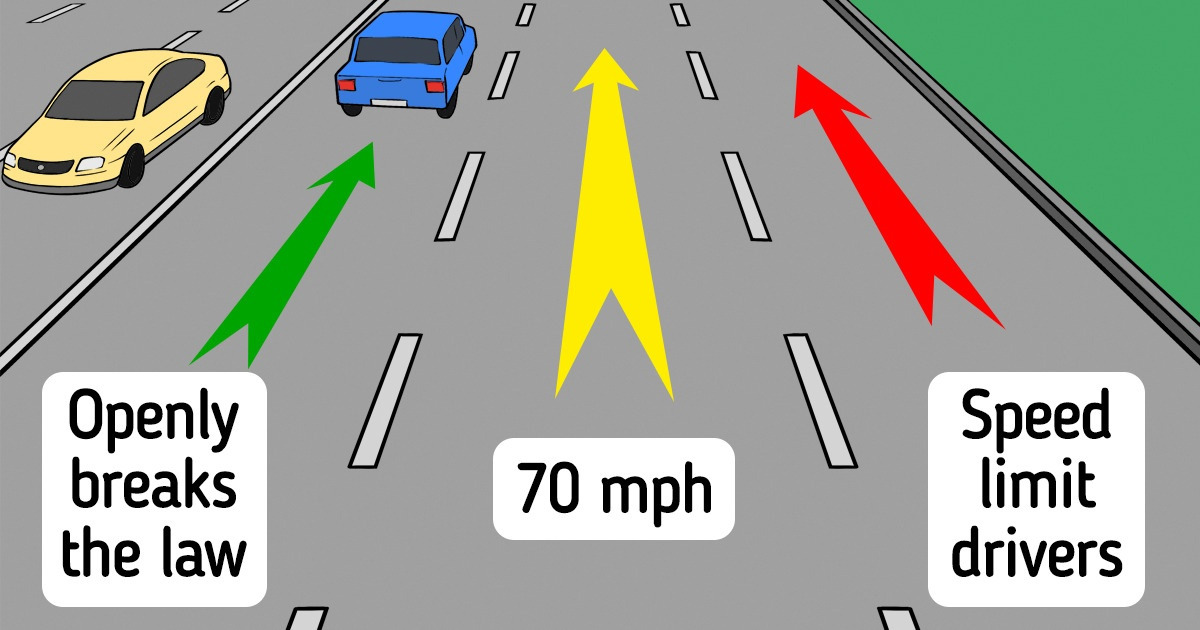
Good pieces of advice for beginning (and experienced) drivers that will surely help you stay safe and enjoy every ride.
We at 5-Minute Crafts want to share some tricks that will be useful for any beginning or experienced driver.
- Adjust the car seat and rearview windows so that your comfort is ensured. Make sure you see everything clearly. Sit straight and don’t bend forward. To avoid being blinded by the headlights of cars behind you, change the angle of the mirror by pulling the lever underneath it down.
- Strictly follow the road rules. This advice seems obvious but it will help you spend your time on the road in a calm and safe manner.
- Secure your safety belt and make sure your passengers do the same.
- Remember to maintain the speed limit. The higher your speed, the less time you have to stop the car.
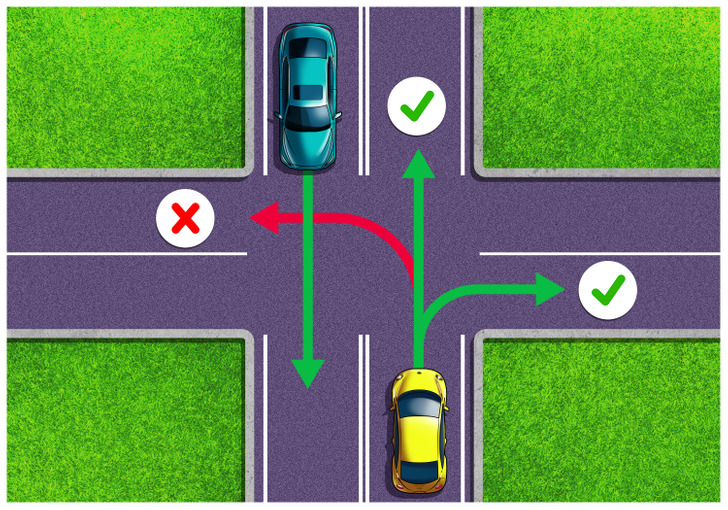
- Accelerate slowly. The engine will work better if you increase your speed gradually.
- If you see a stop sign or yellow traffic light, start braking as soon as possible. Learning to recognize when to stop is one of the most important skills for a driver.
- Take care of your vehicle regularly. Check the pressure in the tires and the levels of oil and brake fluid. This will help you to avoid accidents on the road.
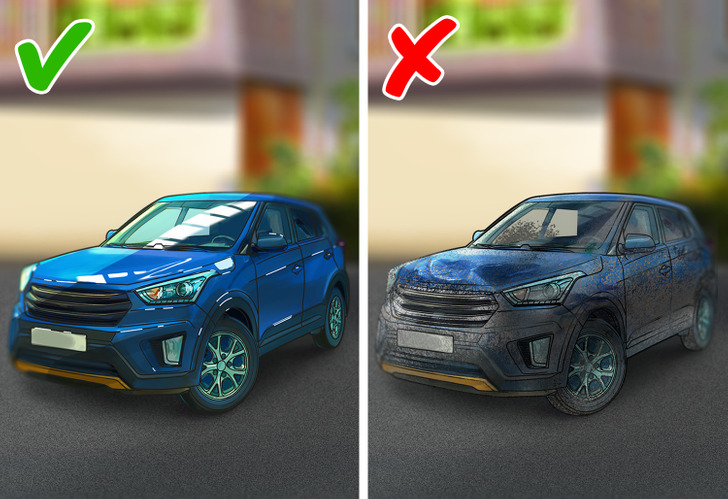
- Check the weather forecast before you start a trip. Unfavorable weather conditions can significantly worsen the situation on the road and you should be prepared for this.
- Don’t get distracted. Be extremely attentive, as the situation on the road can change at any moment. Set up your GPS before you start to drive, activate the “Do Not Disturb” mode on your phone, and make sure your passengers won’t be disturbing you. It’s better to not switch on the radio if you are a beginner driver. Also, it would be a good idea to ask a more experienced person to take a ride with you during your first trips.
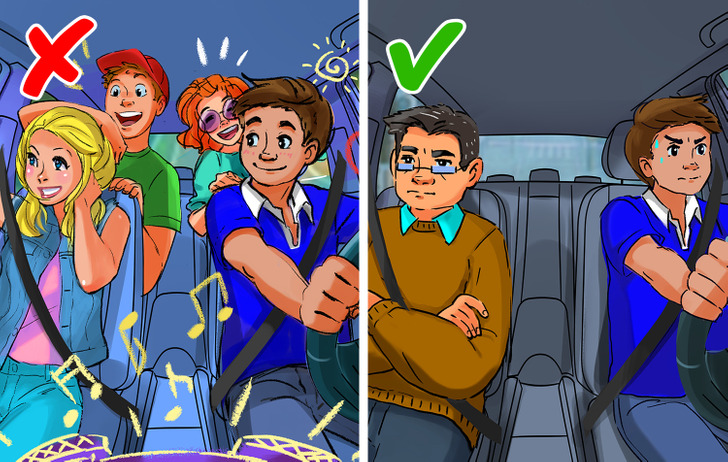
- Be mindful of the lanes. If you know that there is a turn or exit ahead, move to the far right lane in advance so as not to interfere with other drivers. Use the leftmost lane only for passing (at a safe speed) and for exits to the left.
- Your car should always have driver’s documents, an emergency kit with things that can be useful in those situations, as well as paper road maps and a first aid kit in case of unforeseen circumstances.
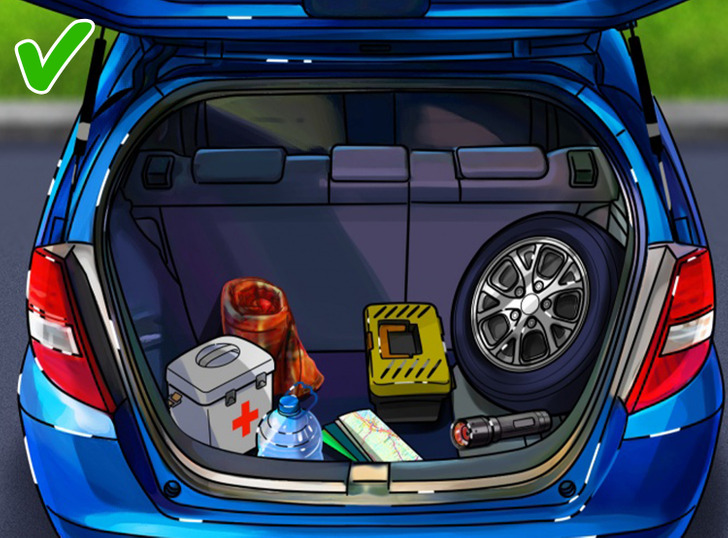
- Examine your car. Check to see whether it needs maintenance and make sure to remember the location of different things/details. Make sure you are familiar with all of the controls and that you understand the dashboard and its symbols.
- Remember turn signals. The turn signal informs other drivers about your decisions and future steps. Try to develop the habit of using these signals, even when there is no one on the road. Even though some lanes are reserved for left or right turns only, switch on the turn signal anyway, because you might be followed by drivers who are unfamiliar with the terrain or who cannot see the signs due to the large number of vehicles ahead of it. It is important for other road users to know where you are going, and in addition, the signals from your car will tell them that your lane is designed for turns in the direction your turn signal is showing.
- Make sure your turn signal is off after you have finished the maneuver. Put on the turn signal at about 100 feet before you reach the intersection. When driving on the highway and indicating an exit, lane change, or pass, start your signals approximately 900 feet before you make the change.
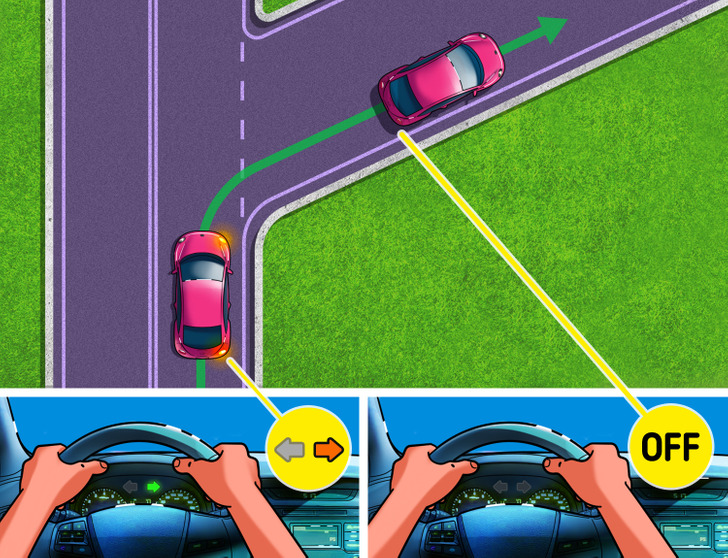
- Continue learning to drive even after you get your driving license. You can take extreme driving courses or online courses on safe driving, the main thing is to keep pumping your skill.
- Practice on quiet roads and don’t rush to drive on overcrowded highways — give yourself some time to get used to your new status.
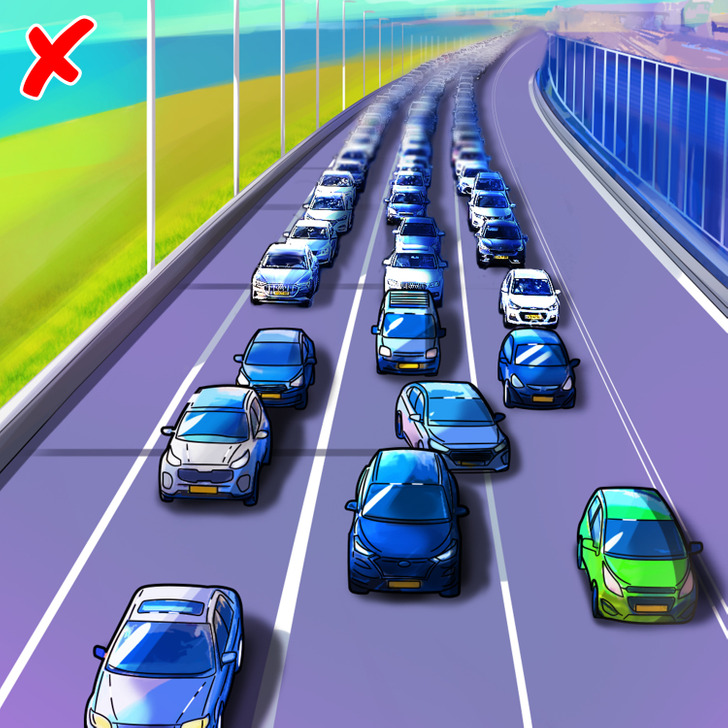
- Be ready to encounter incompetent drivers. You might face many unexpected situations on the road and you should be ready for anything. Make sure you have enough space to maneuver or take action if another person does something dangerous on the road.
- Hold the steering wheel correctly. It’s best to hold the steering wheel the way it is shown in the picture below. This position guarantees the best combination of stability and control.
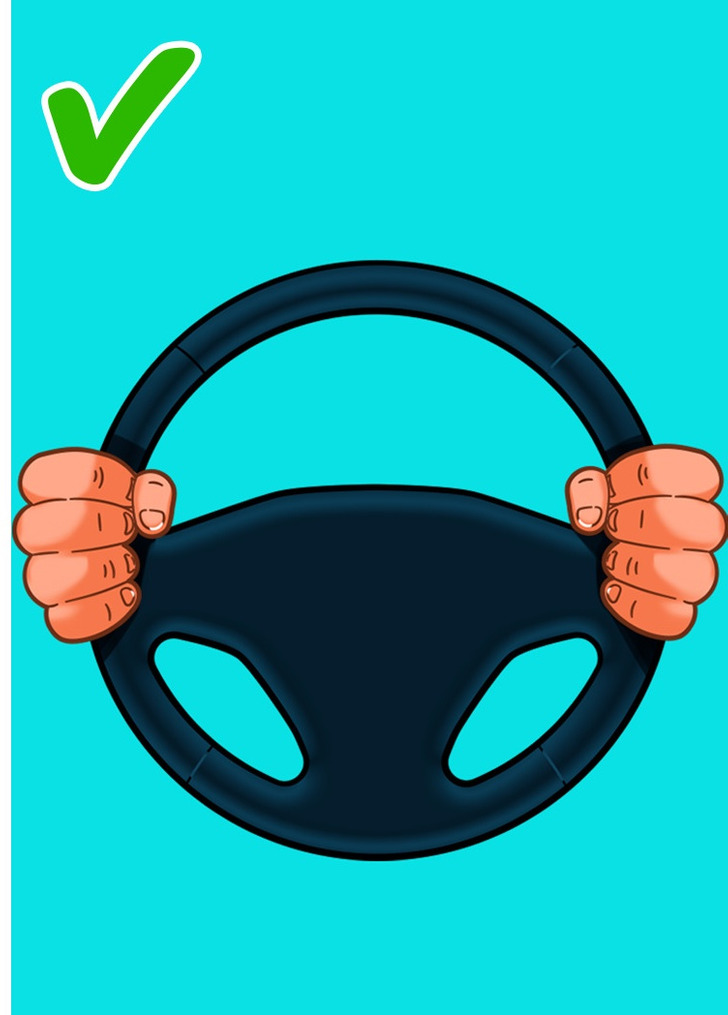
- Don’t get provoked by aggressive drivers. If another driver becomes very aggressive and tries to force you off the road or do something else, it is best to drive away or call the police.
- Don’t drive if you are tired and want to sleep. Driving in this state slows down your reaction time and increases your chances of making bad decisions, not to mention the risk of falling asleep while driving.
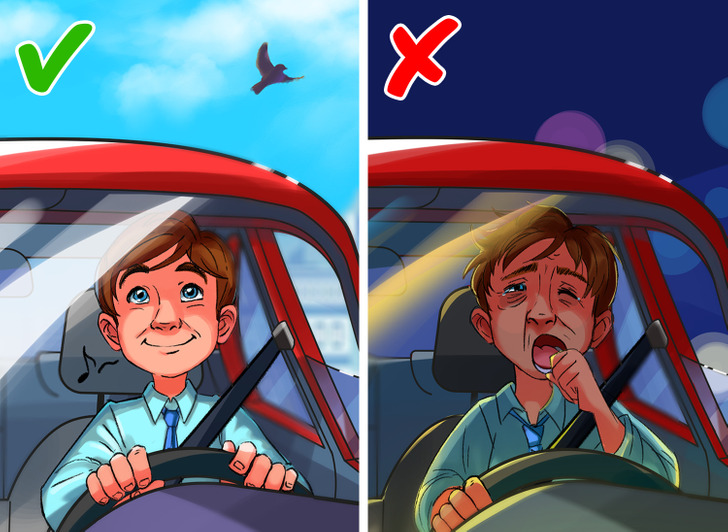
- There is no fast lane or a slow lane. Usually, all the lanes on motorways have a speed limit of 70 mph unless otherwise indicated.
- Typically, motorways have 3 lanes. If you are in a country with left-hand traffic, then the left lane should be used for routine driving, while the middle lane and the right-hand lane are for overtaking. For countries with right-hand traffic, it is the opposite. If you use a lane for overtaking for routine driving, you are breaking the law.
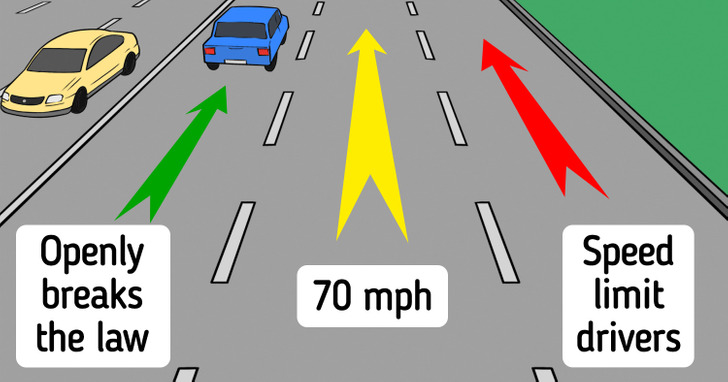
- If you are driving a slow vehicle, you must remain in the right lane when available or drive “as close as practicable to the right edge of the roadway” in a country with right-hand traffic. For countries with left-hand traffic, it is the opposite.
Please note: This article was updated in September 2022 to correct source material and factual inaccuracies.
Check the video for driving techniques you should learn
Share This Article